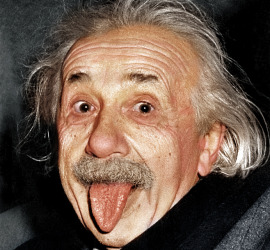2014 year in review – Evolution, Australiana and the passing of a great physiologist
Here we highlight some 2014 messages from the Motor Impairment team. This is the final one of our summaries for 2014. We have posted earlier messages on the blog about: 2014 year in review – Diseases, Disorders and Disabilities 2014 year in review – Ageing 2014 year in review – […]





